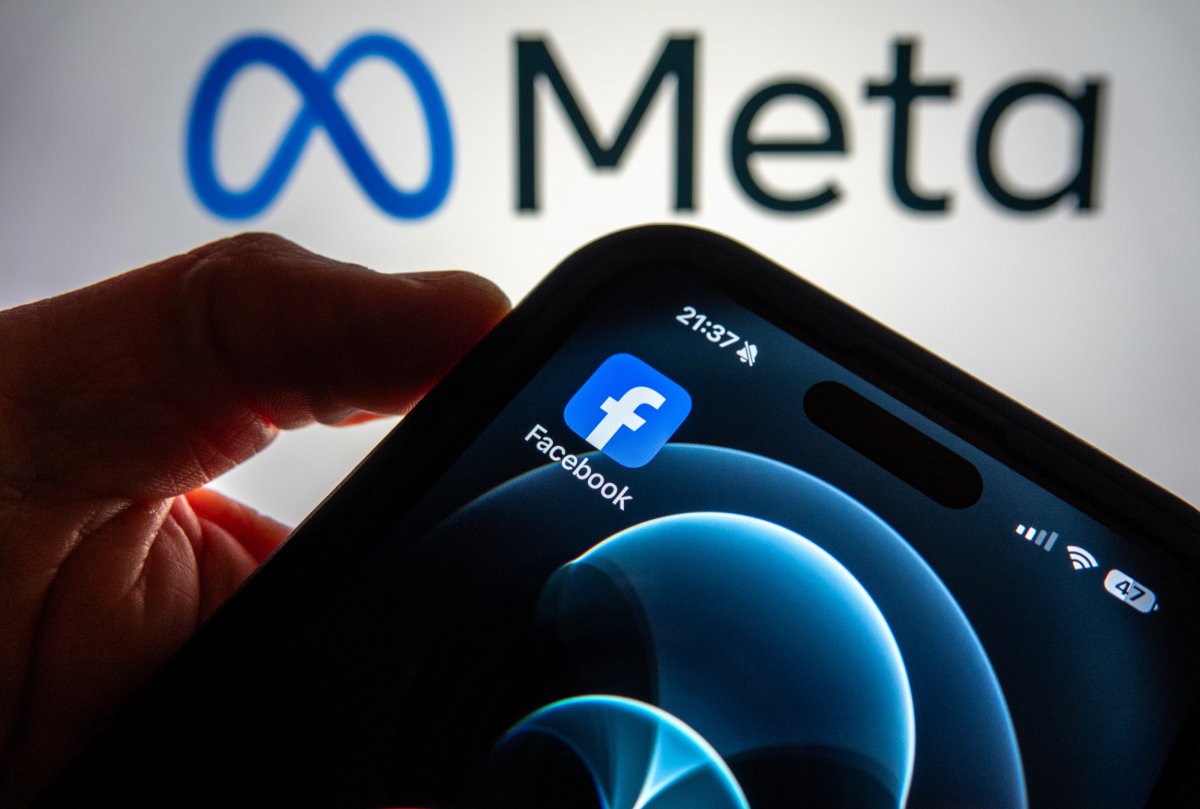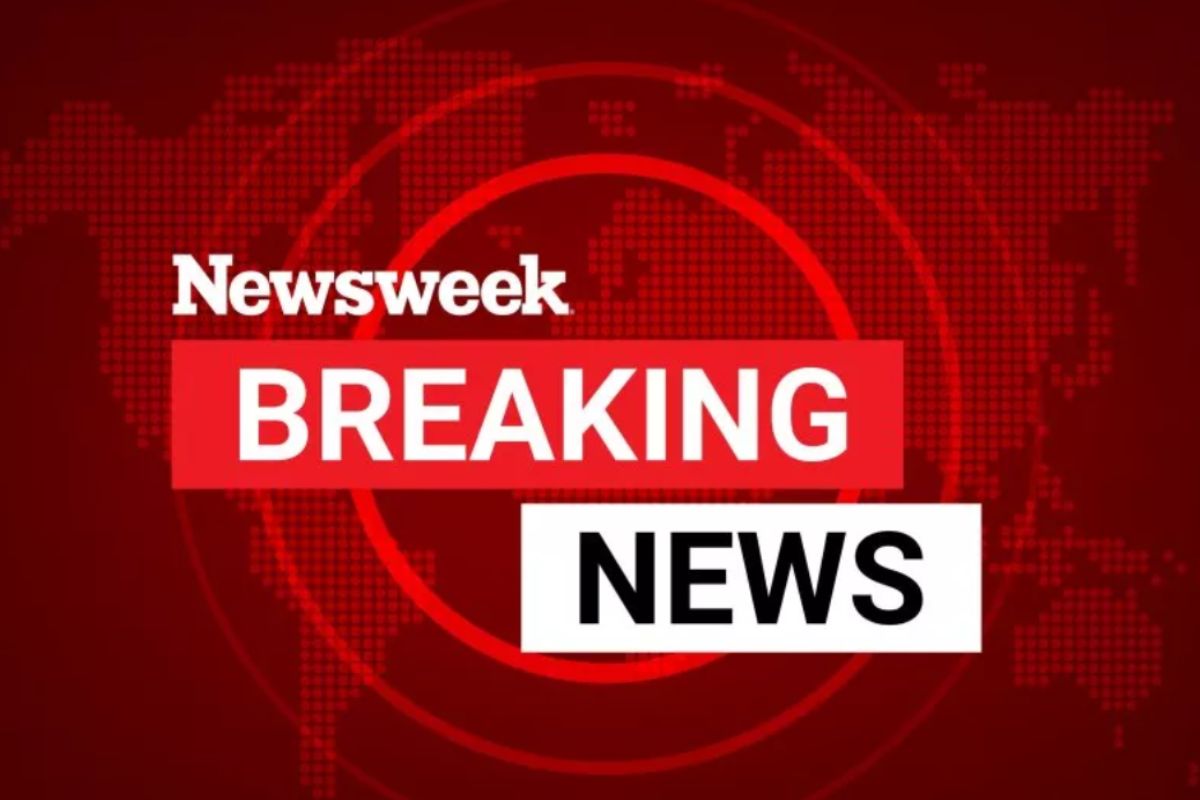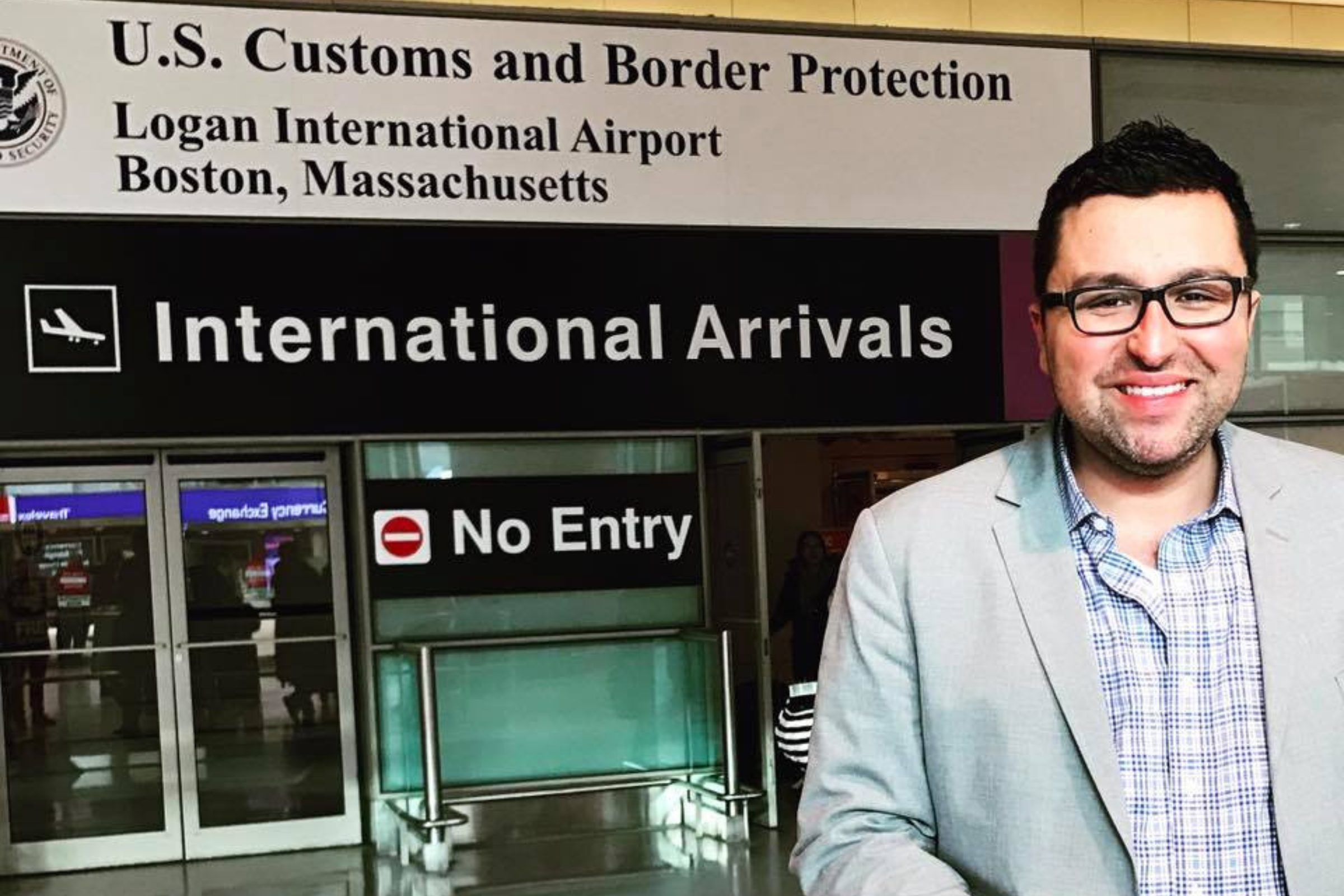The number of Americans collecting unemployment benefits rose to 1.9 million last week, the highest level since November 2021, according to data released by the Labor Department on Thursday.
Why It Matters
This increase highlights potential challenges in the labor market, even as job growth remains robust and layoffs remain low by historical standards. Applications for unemployment benefits also rose modestly.
While the labor market remains tight, with unemployment at just 4.1 percent as of December, the increase in continuing claims signals a potential softening in job demand as higher interest rates begin to take effect. The Federal Reserve has raised rates substantially since 2022, slowing inflation but also weighing on hiring decisions in some industries.

What to Know
Applications for unemployment benefits, considered a proxy for layoffs, rose by 6,000 to 223,000 for the week ending January 18, exceeding analysts' expectations of 219,000. Meanwhile, the number of continuing claims climbed by 46,000 to reach 1.9 million for the week ending January 11. These figures suggest that those already receiving benefits may be encountering greater difficulty in securing new employment.
Job growth in December exceeded expectations, with 256,000 positions added to the economy. This marked a robust end to 2024, during which the U.S. added 2.2 million jobs overall—less than in previous years but still above pre-pandemic averages.
Meta to Cut 5 Percent Workforce
Sectors like health care, retail, and government accounted for much of the December growth, according to Labor Department data. However, industries such as manufacturing and tech have shown signs of strain, with layoffs announced by several major companies.
Among the notable corporate layoffs, Meta Platforms confirmed it would cut 5 percent of its workforce––approximately 3,600 positions––as part of a restructuring plan. Brown-Forman, the maker of Jack Daniel's whiskey, is reducing its global workforce by 12 percent, following indications that younger adults are drinking less alcohol and the threat of American whiskey getting entangled in another trade war during President Donald Trump's second administration. Starbucks also announced it would streamline corporate roles while maintaining barista staffing levels.

What People Are Saying
Economists are divided over whether the labor market is cooling significantly or simply normalizing after years of rapid growth.
"There's just no need for additional cuts in the Fed's rate any time soon," said Joe Brusuelas, chief economist at RSM, an accounting and tax advisory firm earlier this month. "The economy is going to grow at a much higher equilibrium level, which implies higher inflation and higher interest rates relative to what we got used to from 2000 to 2020."
What Happens Next
Looking ahead, the labor market will be closely watched as the Federal Reserve recalibrates its monetary policy. Fed officials signaled in December that further rate cuts would be limited, with only two reductions expected in 2025. Meanwhile, job seekers and employers alike are grappling with the long-term implications of a post-pandemic economy defined by higher inflation, tighter credit, and ongoing uncertainty as four more years of President Trump takes shape.
This article includes reporting from The Associated Press




















 English (US) ·
English (US) ·